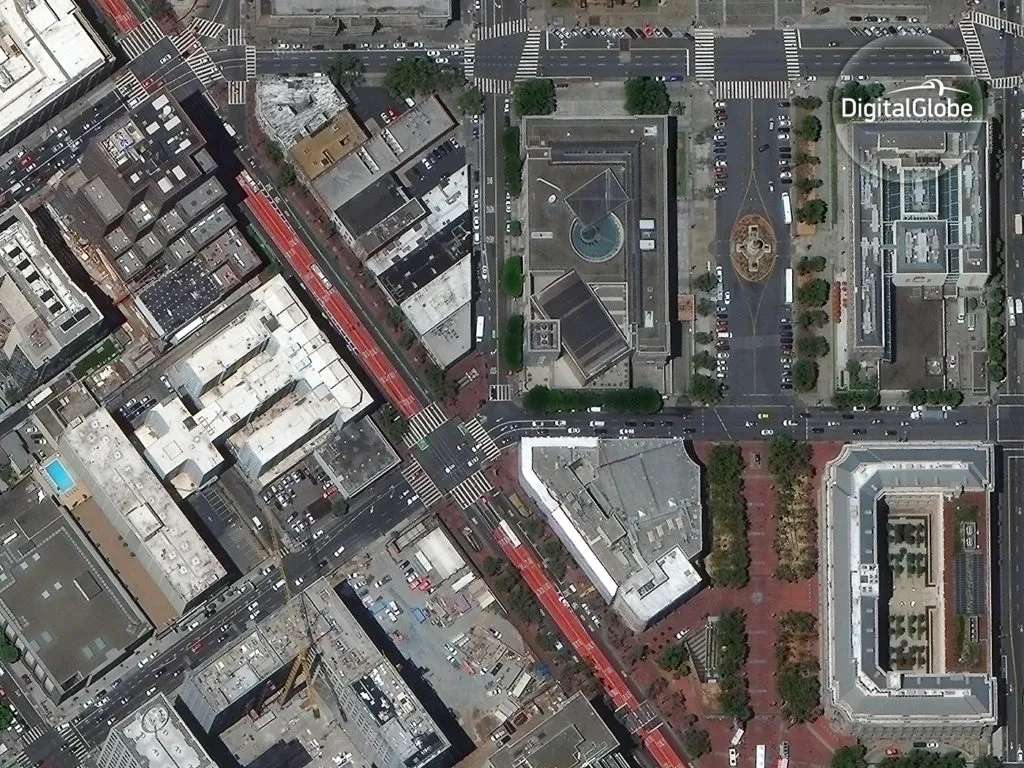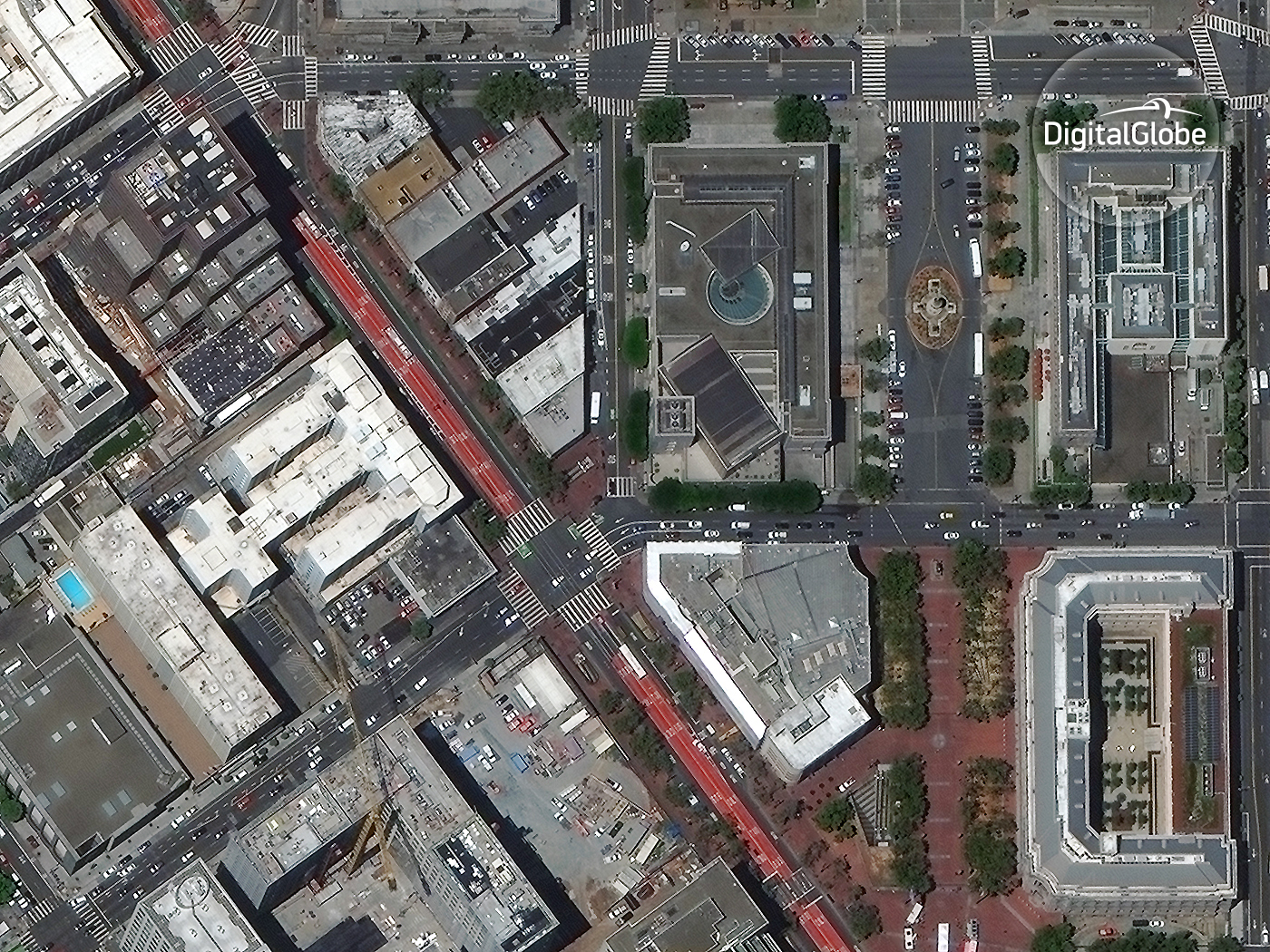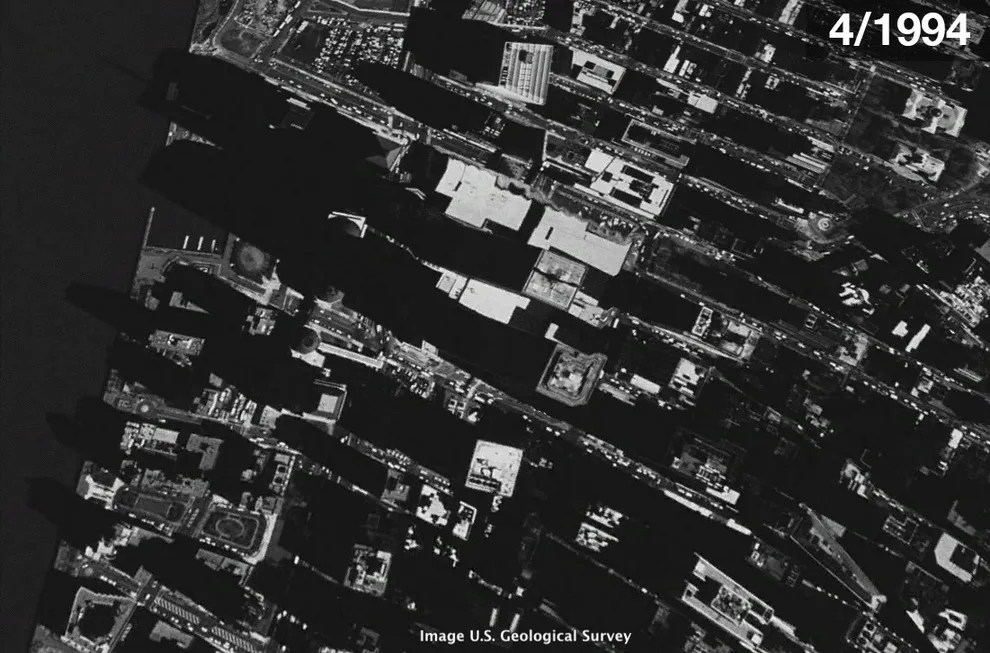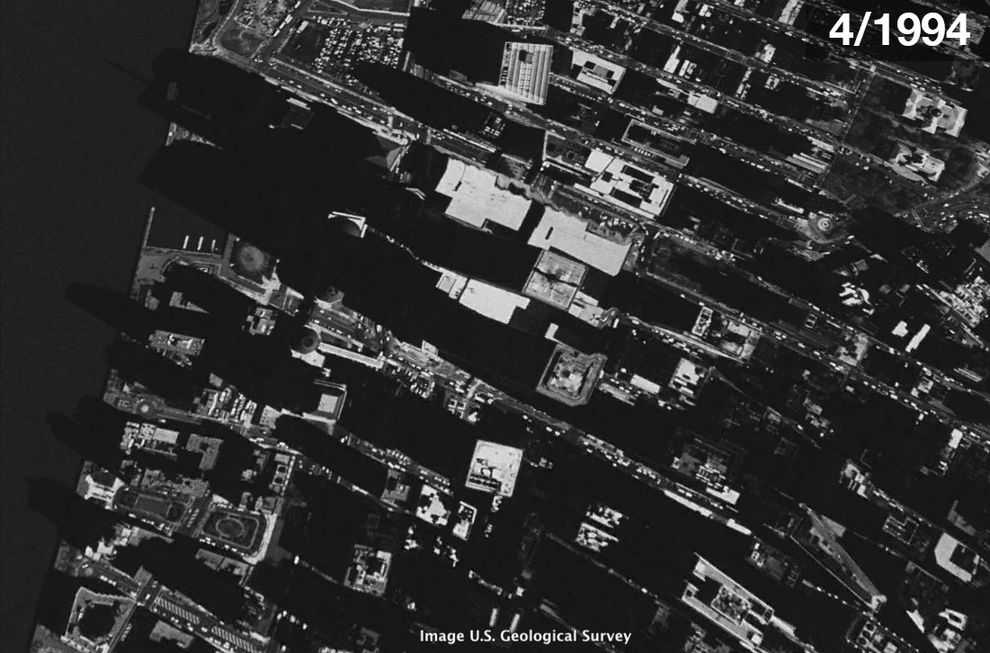
Open Data for training your Remote Sensing AI
Within the first year of making Landsat data publicly available on their cloud services platform, Amazon had logged over a billion requests for the same. Clearly there is a huge demand for open geo data.
Following the success of Landsat on AWS, Amazon had recently announced the launch of “Earth on AWS” – an open spatial data repository consisting of several another datasets including “SpaceNet Machine Learning Corpus“.

SpaceNet – Open Data for training your Remote Sensing AI
SpaceNet is a repository of approximately 1900 square kilometres of high-resolution (50cm) satellite imagery and labelled training data made available via AWS under a Creative Commons license. It is most probably the largest Open Data repository available for training your (remote sensing) machine learning algorithms!

SpaceNet – Open Data on AWS
The satellite imagery is from DigitalGlobe’s WorldView-2 satellite, which has a 8-Band multispectral sensor. The Data sheet for WorldView-2 is available here.
WorldView-2 Spectral bands
In addition to satellite imagery, SpaceNet also includes over 200,000 building footprints across the city of Rio de Janeiro, Brazil derived from the imagery. On a side note, extracting building footprints was in fact the first thing that Facebook had to do when they started working on their population density map using DigitalGlobe data (Related: Facebook created the most detailed Population Density Map to bring the rest of the world online).
This is just the first release and the SpaceNet collaboration partners i.e. DigitalGlobe, CosmiQ Works, and NVIDIA plan to eventually make over 60 million labeled high-resolution images (TechCrunch) available to the public. The data is available as GeoTIFF, GeoJSON on AWS. Here’s the link to the main page.
Did you like this post? Read more and subscribe to our monthly newsletter!







